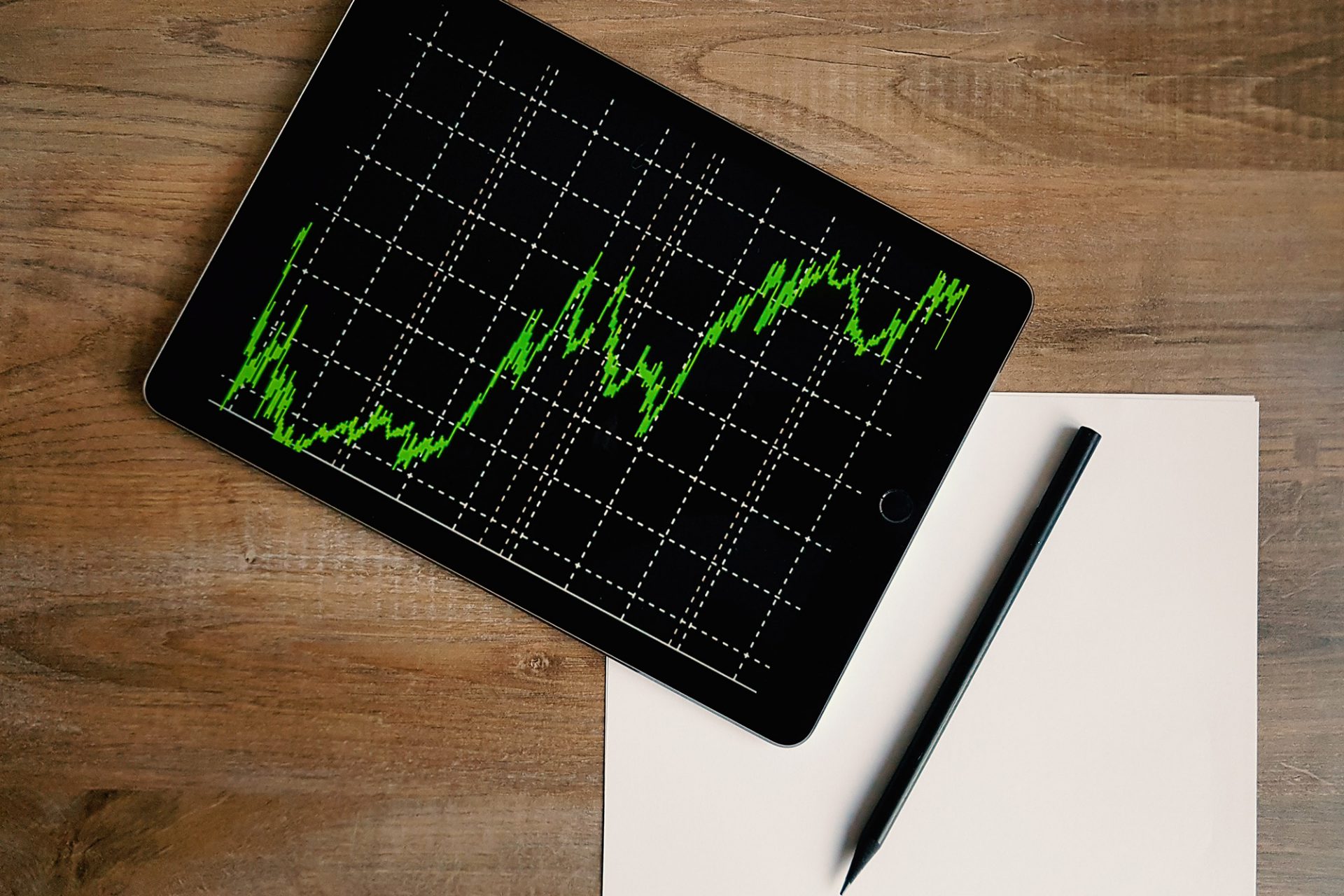At the beginning of this year, a regionally limited epidemic in a Chinese province seemed to have little effect on an economic upswing that lasted for more than a decade, with record employment and low unemployment. A few weeks later, the financial markets recorded the most severe swings since the Great Depression in the late 1920s and early 1930s due to the global spread of the corona virus. Since the February highs this year, the stock markets have fallen by between 35 and 40% measured by the leading indices such as the EuroStoxx 50 or S&P 500, and individual shares of particularly affected sectors have fallen by as much as 70%. Crude oil prices also plunged by 60%. Yields on top-rated government bonds were again close to their historic lows.
In response to these events, the central banks once again provided the greatest possible support for the financial system as a transformer of the equally courageous fiscal policy measures by further cutting interest rates and resuming purchases of securities. The sums earmarked for this purpose are reaching unprecedented levels, with the result that government debt continues to rise and central banks’ balance sheets are growing ever faster.
It is not yet possible to foresee how the billions of euros in aid packages that governments have decided on will be financed. Nevertheless, the calls from politicians for financial transaction and wealth taxes are getting louder and louder. The signal this sends to the self-employed and entrepreneurs could be devastating. The existential concerns of many, especially small and medium-sized entrepreneurs in the current crisis are a warning to all those considering the path to self-employment anyway. A secure job in public administration seems to be more attractive again for many young people. In conjunction with demographic change, the indirect costs of crisis management could lead to a further increase in demotivation of the middle class.
Almost 45 years ago, FINAD was first entrusted by clients with the management of their assets. Since then, the first look has been on the risk and thus the diversification of a portfolio. Those who do not take risks will not be able to maintain or increase their assets, taking into account taxes and inflation. In weighing up the opportunities and risks, we have always been well advised not to be guided by historical fluctuations of individual asset classes alone. Supposedly risk-free investment categories such as money market products were transformed into risky ones, while risky investments such as equities proved to be safe in the long term.
Which portfolios will prove resistant to exogenous shocks in the future? The monetary and fiscal policy injections of liquidity will meet with reduced capacities and reduced production advantages due to deglobalization. Zero or negative interest rates minus inflation, which may reach 3% or more in the medium term, will result in strong negative real interest rates, which will expropriate government bond and savings holders even faster. Equities and gold, which has lived up to its role as a hedge even in the current crisis, therefore remain the most important investment categories for immunising assets against real losses in value. However, maintaining liquidity as a reserve for a possible economic collapse will remain of great importance in the future. Companies with a solid balance sheet, a healthy level of debt and at least a stable cash flow due to sustainable products will be among the winners.
